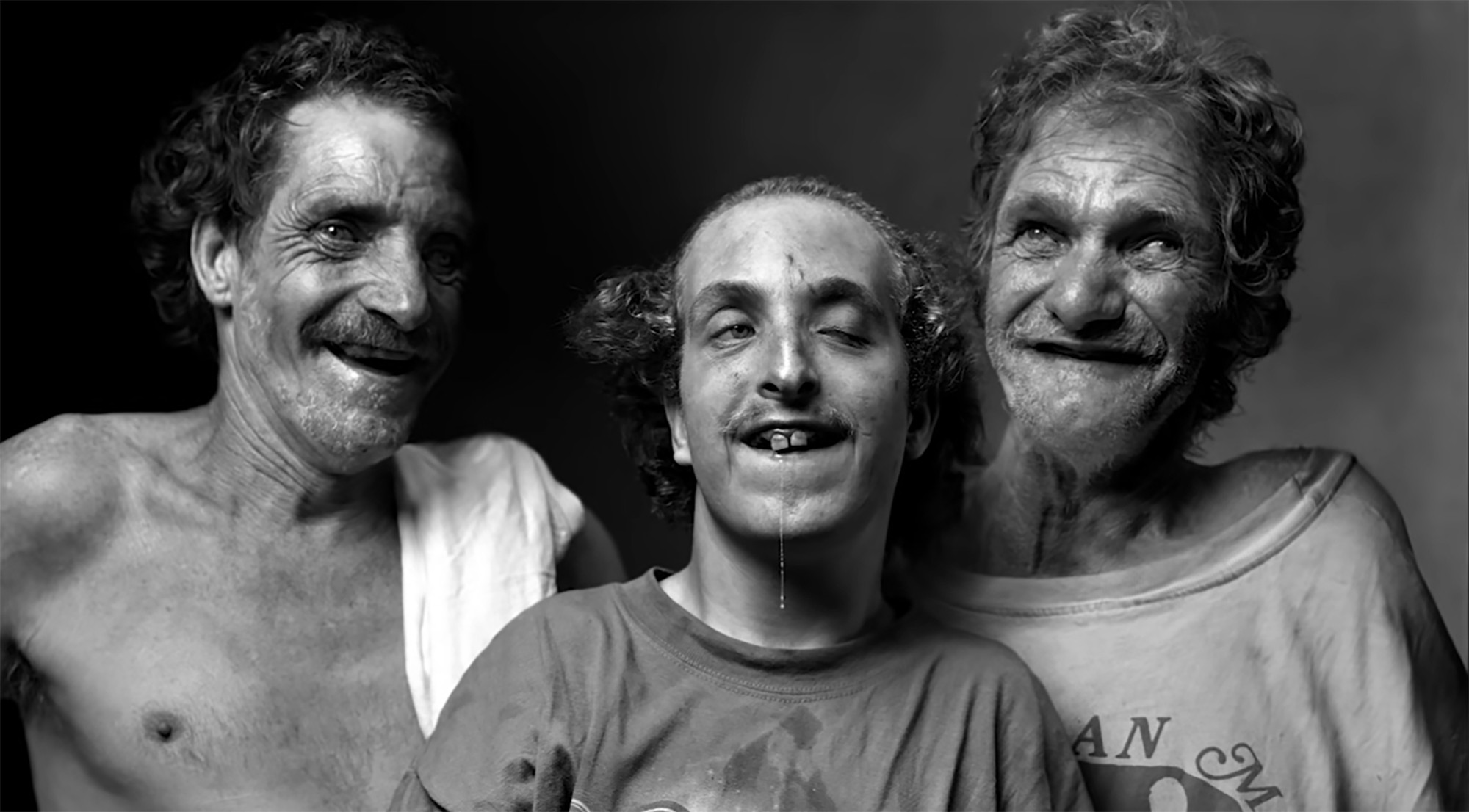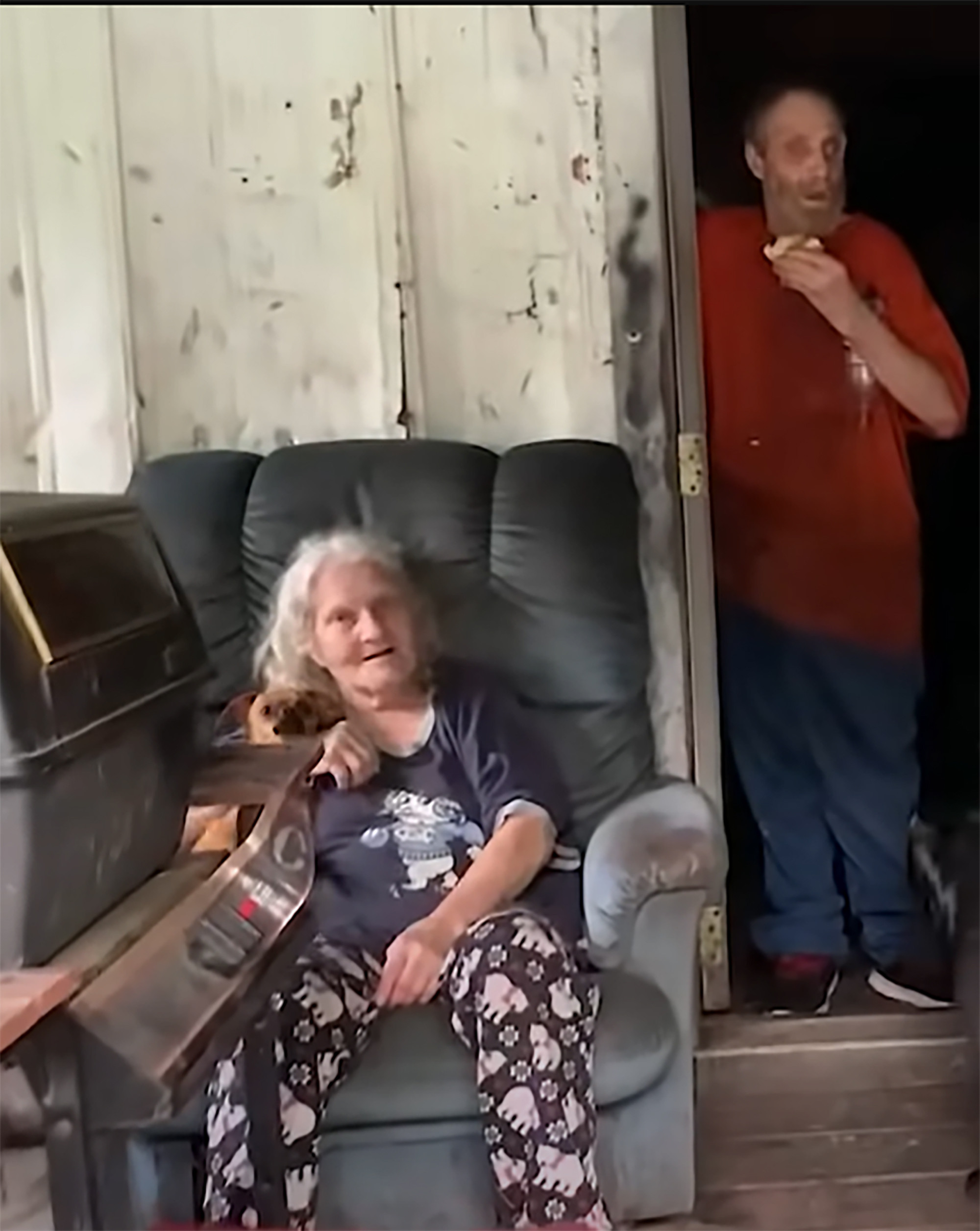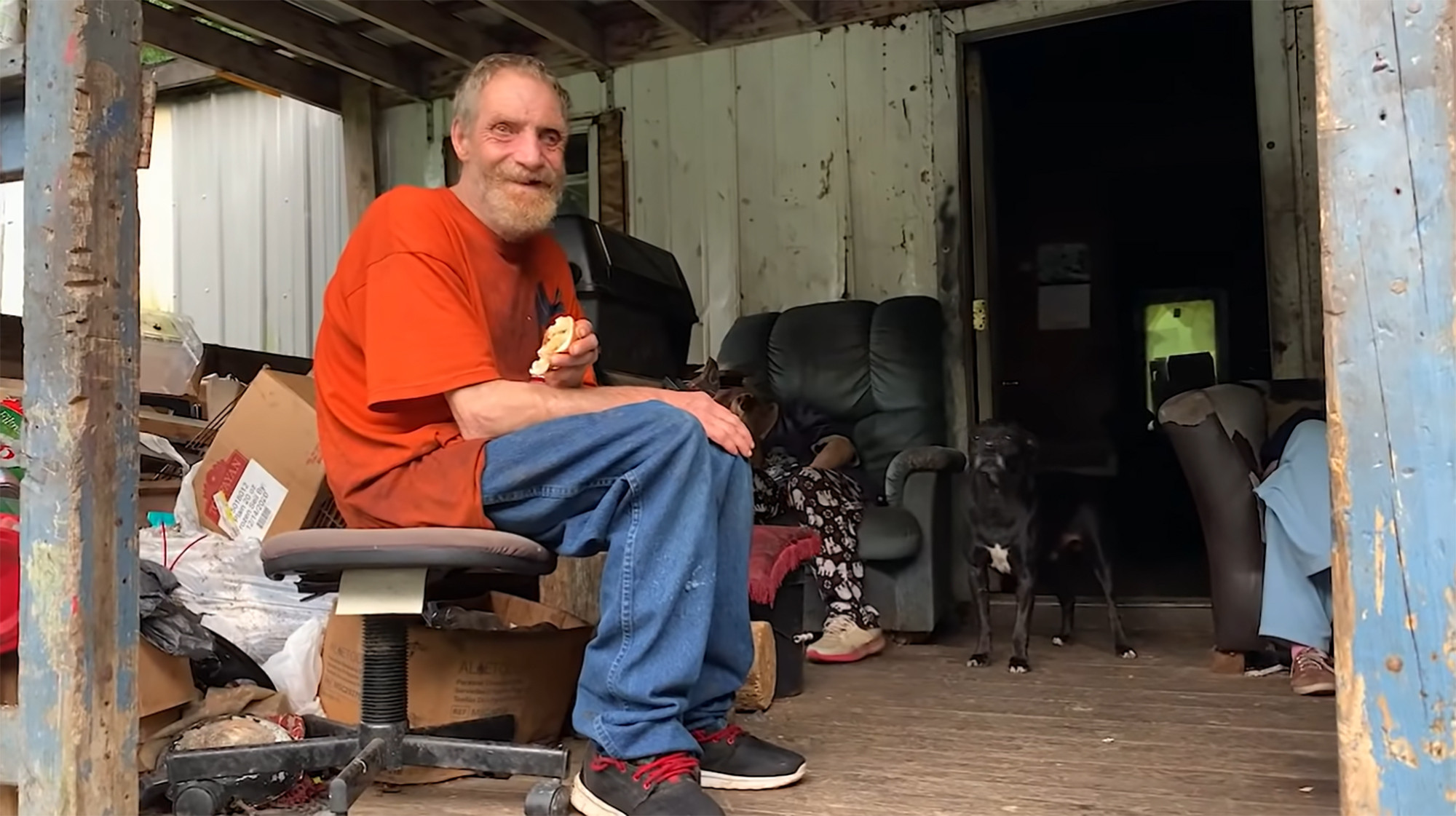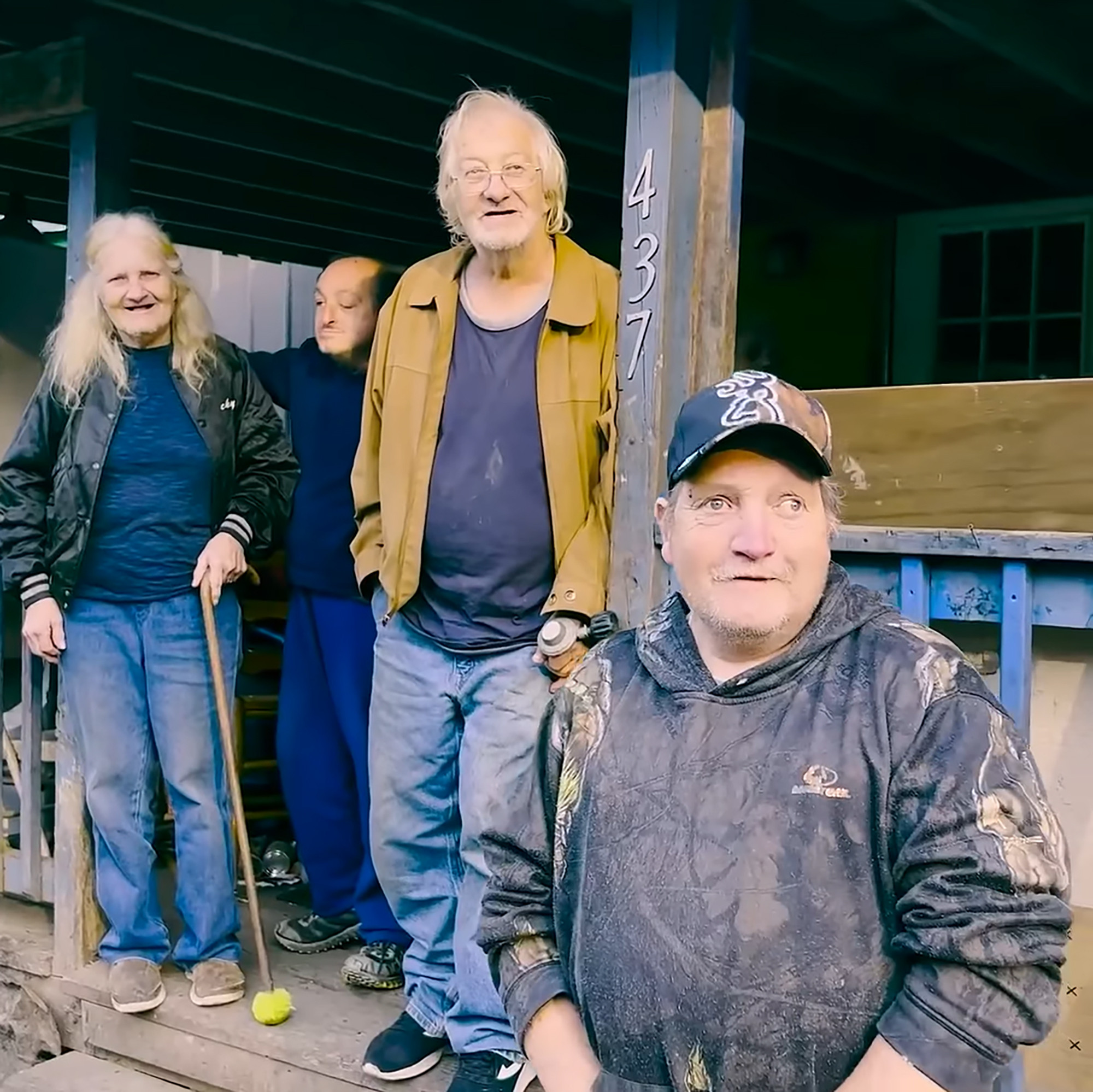In the depths of rural America, stories emerge that challenge our understanding of family and community. Among these, the tale of the Whittaker family of Odd, West Virginia, stands out as a stark example of the consequences of isolation and inbreeding. Often referred to as “America’s most inbred family,” their unique circumstances have been brought to light by documentarian Mark Laita, offering a glimpse into a world rarely seen. This is the story of the West Virginia Inbred Family, the Whittakers, a family whose very existence redefines the term “all in the family.”
The Discovery of the Whittakers in Odd, West Virginia
Mark Laita, a photographer and documentarian, stumbled upon the Whittaker family in 2004 while working on his book “Created Equal.” Venturing into the small, isolated town of Odd, West Virginia, with a population of around 779, Laita’s initial encounter was nothing short of extraordinary. He described it as “out of control — the craziest thing I’d ever seen.” The Whittaker family communicated in grunts and barks, a stark departure from conventional speech, immediately signaling an unusual situation. This West Virginia inbred family lived a life shrouded in secrecy, their existence a whispered rumor until Laita’s lens captured their reality.
 Mark Laita with the Whittakers
Mark Laita with the Whittakers
Laita’s continued documentation of the Whittakers, featured on his YouTube channel “Soft White Underbelly,” has garnered millions of views, drawing attention to this reclusive family. His work provides an unflinching look at the human condition, and the Whittakers’ story is a significant part of that narrative. The family, comprised of siblings Betty, Lorraine, and Ray, along with their cousin Timmy, became the subject of intense curiosity and discussion, raising questions about their origins and the impact of their genetic history.
Life in Isolation: Poverty and the Whittaker Homestead
Living in a dilapidated dwelling in Odd, West Virginia, the Whittakers’ living conditions reflect the deep poverty prevalent in parts of Appalachia. Laita’s footage portrays a home in disrepair, with belongings scattered around, painting a picture of hardship and isolation. When Laita first attempted to photograph them, a neighbor, armed with a shotgun, initially threatened him, highlighting the community’s protective stance and distrust of outsiders. This reaction underscores the insularity of their world and the challenges faced by anyone trying to penetrate their private lives.
The atmosphere surrounding the Whittakers was described by Laita as reminiscent of the movie “Deliverance,” a film known for its depiction of isolated and wary mountain communities. He recounted his interactions, noting that some family members would react with fear and confusion to simple interactions, further emphasizing their unique challenges. Despite these difficulties, Laita persisted, driven by a desire to understand and document their lives, and to shed light on the often-ignored pockets of poverty in America.
 The Whittaker siblings
The Whittaker siblings
The Harsh Realities of Inbreeding within the Family
The Whittaker family’s story is inextricably linked to the effects of inbreeding. Reports indicate that the parents of Betty, Lorraine, and Ray were double first cousins, meaning they shared both sets of grandparents. This close genetic relationship has resulted in significant physical and cognitive impairments among some family members. Their limited communication, often through grunts and barks, is a prominent example of these challenges.
While the Whittakers’ specific genetic conditions are not explicitly detailed in the original article, the broader consequences of inbreeding are well-documented. As explained by resources like Thought.Co, inbreeding increases the risk of inheriting recessive genes, leading to various health issues, including reduced fertility and increased susceptibility to genetic disorders. When Laita inquired about the misaligned eyes of one family member, the response, “might be coal mining,” reveals a lack of awareness or understanding of the genetic roots of their conditions. This highlights the complex interplay of genetics, environment, and limited access to education and healthcare within the community.
 Ray Whittaker on the porch
Ray Whittaker on the porch
Navigating Controversy and Offering Compassion
Laita’s portrayal of the Whittaker family has not been without criticism. Some, like the YouTube channel Real Appalachia, have accused him of perpetuating harmful stereotypes about Appalachian communities. The concern is that focusing on the Whittaker family reinforces negative and simplistic narratives about inbreeding and poverty in the region. Critics argue that such depictions can be exploitative and fail to capture the full complexity of Appalachian life.
However, Laita defends his work by emphasizing his intention to highlight the “level of poverty” faced by the Whittakers and others in similar situations. He initiated a GoFundMe campaign to support the family, which has raised nearly $50,000 for living expenses and home improvements. Videos from 2022 show Ray Whittaker proudly showcasing renovations made possible by these donations, including a refrigerator and a proper bed, demonstrating a tangible positive impact of Laita’s work.
 The Whittaker family outside their home
The Whittaker family outside their home
Shedding Light on Seldom-Seen Realities
Ultimately, Mark Laita’s documentation of the West Virginia inbred family serves to illuminate the often-overlooked realities of life in isolated and impoverished communities. While ethical questions about representation and potential exploitation remain valid, Laita argues that his work aims to foster understanding and support for those living in the margins. By bringing the story of the Whittaker family to a wider audience, he hopes to spark conversations about poverty, healthcare access, and the human consequences of genetic isolation, urging for greater support for marginalized communities in Appalachia and beyond. The story of this West Virginia inbred family is a powerful, albeit uncomfortable, reminder of the diverse tapestry of human experience within the United States.
[
